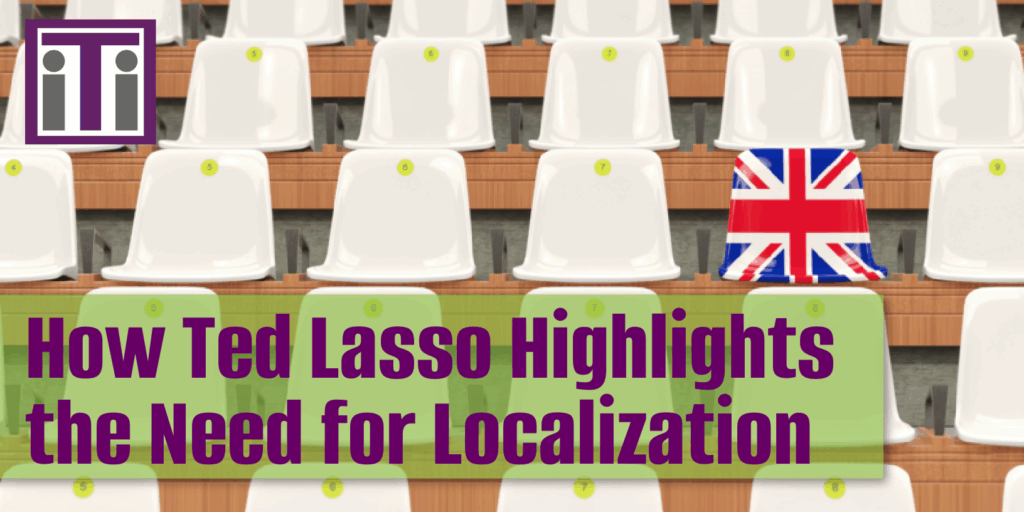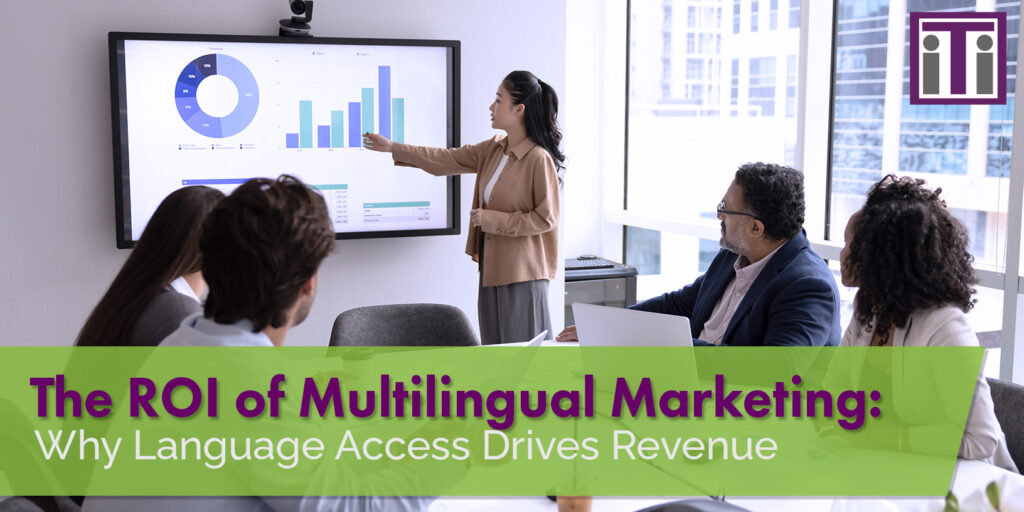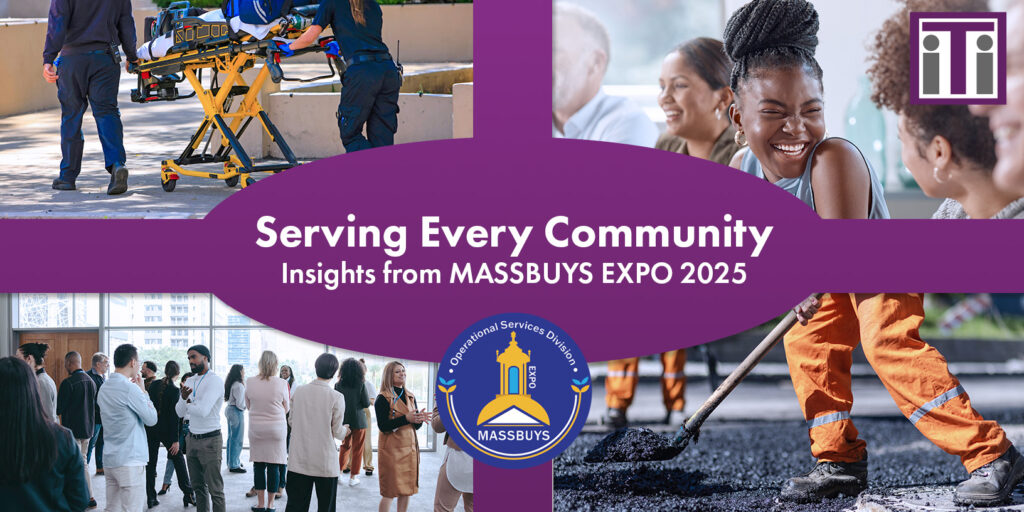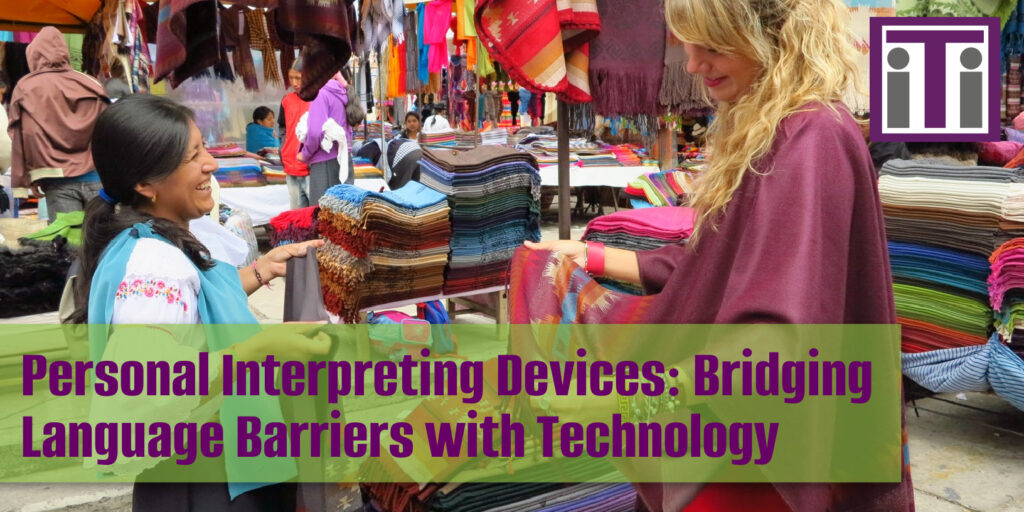Your Language Access Plan: Paving the Way for Equitable Healthcare
Reading Time: ~8 mins
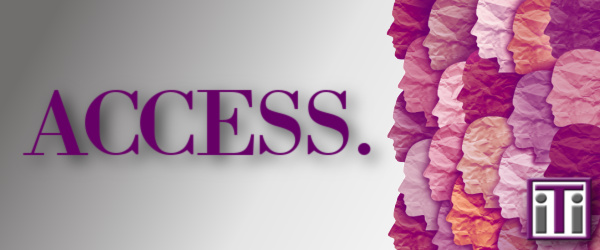
Language barriers can be a significant challenge in healthcare. Ensuring full language access isn’t just a compliance issue—it’s a fundamental matter of equity, diversity, and inclusivity. Here’s how creating a comprehensive language access plan can transform healthcare experiences for providers and their patients.
Benefits of a Full Language Access Plan
For many healthcare organizations, the goal of creating a true language access plan is more than just desirable — it’s essential.
Compliance with Legal Standards
 The Americans with Disabilities Act (ADA)
The Americans with Disabilities Act (ADA)
Offering medical interpreting services, such as American Sign Language (ASL) interpreters, is integral to complying with ADA requirements. Providing access to deaf and hard-of-hearing patients and their families is a necessary element of inclusive healthcare.
The Affordable Care Act (ACA)
The ACA requires healthcare language services for Limited English Proficient (LEP) patients and their family members. 2023 changes to the ACA include the requirement that healthcare providers document the use of “qualified interpreters” for LEP patient interactions. This highlights the importance of professional medical interpreting services.
The Patient Experience
Increased Patient Satisfaction
Patients who can communicate with healthcare professionals in their native language feel more comfortable and empowered. This leads to a significantly better healthcare experience and improved hospital ratings (more on this later).
 Better Patient Outcomes
Better Patient Outcomes
When patients are able to understand and participate in their care plans, it leads to better results. A study by the National Institute of Health concluded that the use of professional medical interpretation reduces the average length of stay and the rate of readmission for LEP patients.
In addition to creating a better outcome for the patient, this creates cost savings for the provider and reduces potential liability.
Improved Hospital Ratings
Healthcare organizations are subject to rating by various organizations. These include the Centers for Medicare and Medicaid Services (CMS), The Joint Commission, and Consumer Assessment of Healthcare Providers & Systems (CAHPS). High ratings from these organizations can positively influence Medicare and Medicaid reimbursements, and poor ratings can result in penalties.
Investing in a comprehensive language access program is one way to potentially improve these ratings and positively impact your organization’s bottom line.
What is a Full Language Access Plan?
Consider All Patient Points of Contact
 There are many ways that a patient comes in contact with your healthcare organization. This could include your incoming call center, your reception desk, the exam room, your website, or even your security station. Any time a patient with limited English proficiency needs to communicate with you or vice versa, language services should be available.
There are many ways that a patient comes in contact with your healthcare organization. This could include your incoming call center, your reception desk, the exam room, your website, or even your security station. Any time a patient with limited English proficiency needs to communicate with you or vice versa, language services should be available.
Providing Interpreting Services
Letting your LEP patients and their families know that interpreting services are available is the beginning of creating an inclusive experience. The CMS’s Guidelines for Developing a Language Access Plan recommends providing arriving patients with materials such as “I Speak” cards. These are cards or brochures with a phrase such as “an interpreter will be provided at no cost to you” in many different languages. The patient can then point out the language needed, greatly improving your staff’s ability to help them.
In-Person Interpreting
In-person interpreting is the gold standard for language services. Interpreters’ ability to read body language leads to more accurate interpreting. Additionally, being in the same room with all parties helps to establish rapport between the patient and healthcare provider.
Video Remote Interpreting (VRI)
 When in-person interpreting isn’t possible or practical, VRI can provide a viable alternative, bridging the language gap virtually. The interpreter appears on screen and can both see and be seen by all parties. This is a particularly popular alternative for urgent care facilities and hospitals, where on-demand services are desirable. It can be utilized for ASL interpreting as well as spoken languages.
When in-person interpreting isn’t possible or practical, VRI can provide a viable alternative, bridging the language gap virtually. The interpreter appears on screen and can both see and be seen by all parties. This is a particularly popular alternative for urgent care facilities and hospitals, where on-demand services are desirable. It can be utilized for ASL interpreting as well as spoken languages.
When choosing a language services company, make sure that their VRI service is reliable, fast, and easy to access. This will ensure that staff members are not hesitant to adopt this invaluable service.
Over-the-Phone Interpreting (OPI)
OPI is a cost-effective, rapid, and convenient way to access interpreting services, especially in urgent or unplanned situations. It is essentially a three-way call and can be accessed the same way as a simple conference call. Check out post on the “Top 5 Video Translation Services in Healthcare“.
| Talk to an Expert |
Providing Translation Services
The use of Artificial Intelligence for translation is on the rise, and recent breakthroughs have greatly improved the accuracy of AI tools. However, the potential for disastrous consequences to even minor errors means that AI is a dangerous choice for medical translation!
When creating a language access plan, a language services partner who uses human translators with specific experience and expertise in medical terminology is crucial.
Translate Patient-facing Documents
Patient-facing documents—ranging from pre- and post-procedure instructions, care plans, medication instructions, to check-in and release documents—should all be readily available in the patient’s native language. As with interpretation, the ability for patients to understand and participate in their own care program will have a significant positive impact on their outcomes.
Translate Medical Records
For patients arriving from other countries, it’s essential to translate their medical records for appropriate and effective care. Make sure your translation agency has translators who are familiar with the medical terminology used in the originating country.
Translate Informational Materials
Translating and localizing brochures, pamphlets, and other educational materials ensure all patients receive necessary information in a language they understand. This is another area in which the use of AI tools for translation is not an appropriate choice, as AI does not have the ability to understand the cultural nuances of a target audience and to craft a translation that is appropriate and conveys the message exactly as intended.
Subtitles and Voiceovers for Video Resources
Adding voiceovers and subtitles to existing training and informational videos can create accessibility for LEP and deaf/hard-of-hearing patients. This is an economical way to expand an organization’s video library without the expense of producing new materials.
Localization of Online Content
Localizing website content and patient access portals for the most common LEP audiences can improve access to information and services. Localization goes beyond mere translation – it is transforming content so that it is both linguistically, visually, and culturally accurate and appropriate for its intended audience.
Translate Employee-Facing Content
To create a truly inclusive environment, it is important to remember that some members of your staff may not be proficient in written English. In an increasingly diverse workplace, materials such as safety manuals, employee handbooks, and training videos should also be translated.
Training and Assessment
While partnering with a company that provides comprehensive language solutions is a great start to full language access, having employees on site to perform some of these services is both convenient and economical.
 Bilingual Employee Training
Bilingual Employee Training
Even if a staff member is fluent in both English and a patient’s native language, it does not qualify them to interpret in a healthcare environment. Interpreting is a skill and requires special training. Medical interpreting takes this a step further and, with stricter requirements being added to the ACA, requires a specific course of training.
To become a qualified medical interpreter as per 2023 ACA changes, an interpreter must complete a nationally recognized 40-hour training course and examination. Verify that your language services company has licensed trainers who can deliver this training in-person or online.
Language Proficiency Assessment (LPA)
Per guidelines established by both the Joint Commission the ACA, it is recommended that bilingual staff members engaging in medical conversations with an LEP patient without an interpreter present should first pass an LPA in both English and the target language. In 2023, some states are making LPAs a requirement for certain medical staff.
Partnering with iTi: Your Full-Service Language Services Company
All Your Language Services Need Under One Roof
Interpreters and Translators, Inc. can handle all your language service needs. By partnering with us, you’ll have the convenience of one bill, one set of reports, and one number to call. In healthcare organizations, always knowing who to contact can not only make your staff’s jobs easier but can also be a critical time saver in urgent situations.
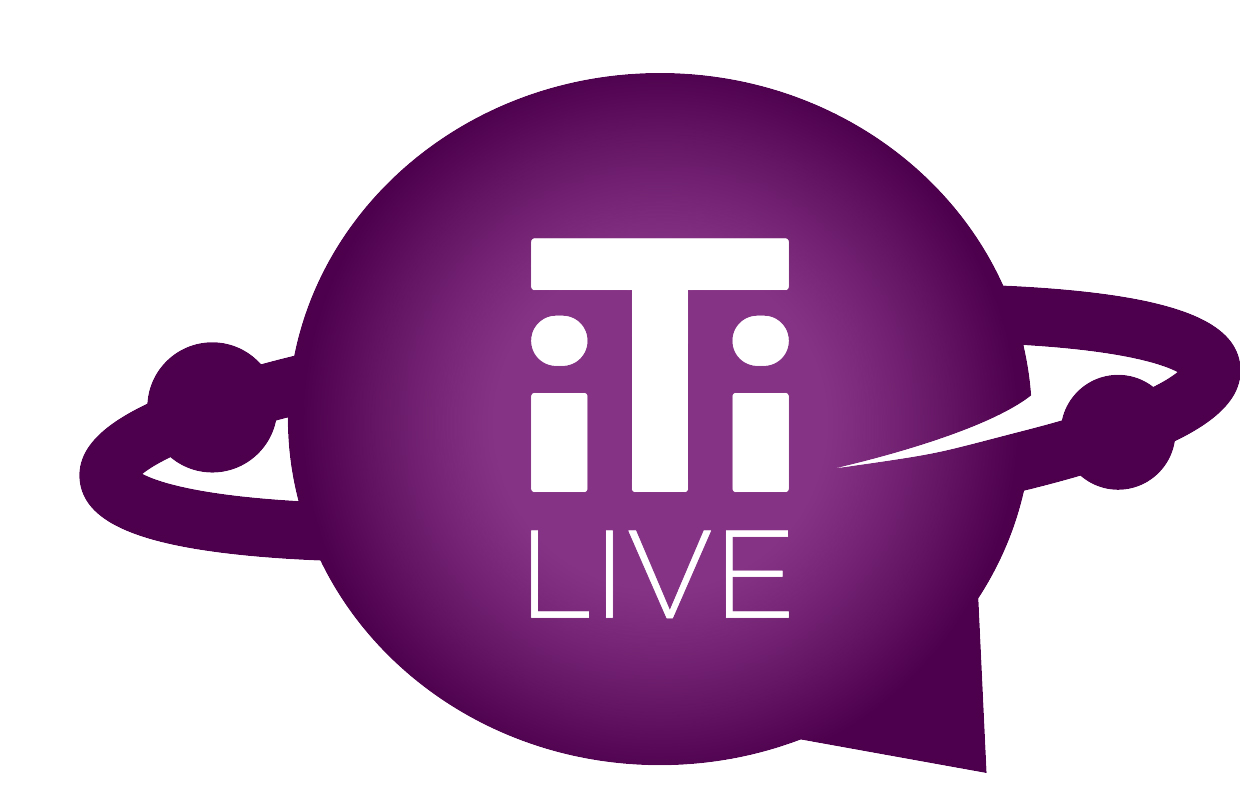 New in 2023: iTi Live!
New in 2023: iTi Live!
iTi Live is a secure scheduling platform, designed to provide an easy, efficient, best-in-class experience for our clients. It can be used to request both prescheduled interpreting assignments and language proficiency assessments.
The client portal includes a personalized dashboard, giving clients the ability to:
- Schedule interpreting assignments and assessments.
- View upcoming and past assignments and assessments.
- Track the status of scheduled activities.
- Access reporting.
- Ready to learn more about how iTi can help your organization create a compliant and inclusive environment for your patients and your staff? Use the Contact Us link and a language services expert will be in touch or call us directly at 860.968.9777.
| Talk to an Expert |

